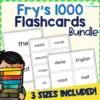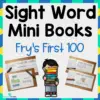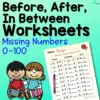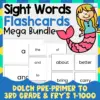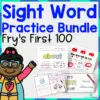These ten activities will allow children to understand that they can see things and different colors clearly because of light. Let children explore the various light sources with these fantastic activities that challenge their minds.
With these activities, children will learn the value of light in their daily lives.
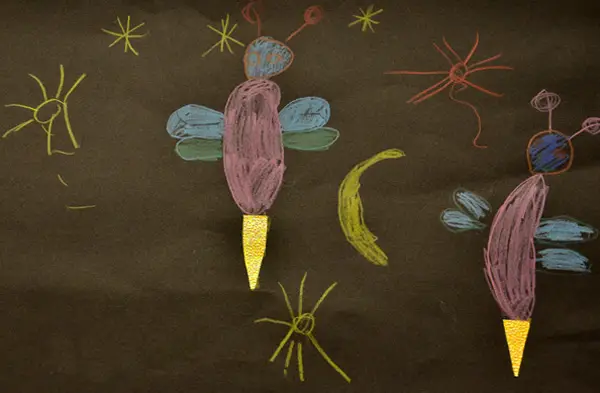
Fireflies are amazing insects that produce light during summertime. This feature makes them unique animals that children will find fascinating.
This activity is inspired by the book “The Very Lonely Firefly” by Eric Carle. It is a story about a firefly exploring different light sources in its attempt to search for friends.
With a science lesson, discuss the different sources of light as mentioned in the book. Help children understand the difference between natural and artificial sources of light. Discuss how valuable these light sources are in everyday life.
Make the firefly drawing using black paper as a background to see the pop of color. Children may draw their version of the fireflies based on the story. They may add additional designs to make their work one-of-a-kind.
This is also an excellent opportunity to discuss the plight of the firefly in the story. Ask children what it might have felt when it was alone. This discussion will help build empathy and improve their social-emotional learning skills.
For this activity, you will need:
- “The Very Lonely Firefly” book
- Black construction paper
- Colored pencils
For more information on this activity, go to Childhood101.com.
Related: Firefly Crafts for Preschoolers
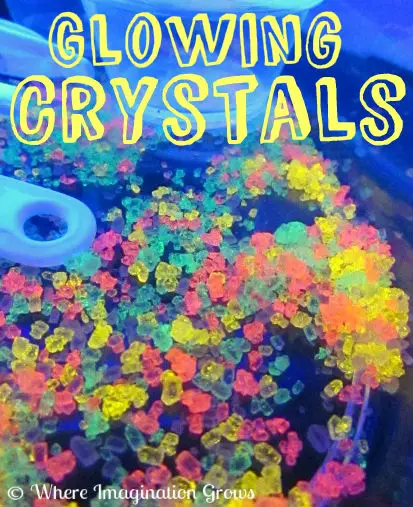
The glowing crystals sensory bin is a mesmerizing activity for children. These crystals will glow in the dark, perfect for centers and for sensory play. Children will have a fun time playing with these while providing a wonderful sensory experience.
They can use different tools, such as a spoon, small containers, funnel, tweezers, etc., to scoop, pour, and transfer. Doing this will help strengthen their hand muscles and fine motor skills.
Using different colors of paint will help with children’s color recognition skills. Challenge older children to sort some of the colored salt according to color in the best possible way.
Prepare the salt by pouring a cup of Epsom salt into a plastic container. Add a few drops of fluorescent paint and mix. Repeat the process for the other colors. Let this dry.
The colored salts tend to clump when wet, but mixing them once dry will separate them.
Place these in a clean and dry bin. The site suggests adding frosted gems and flower jewelry if available. Place spoons, containers, and other tools inside the bin. Turn off the lights and turn on the black light. Let the children play.
For this activity, you will need:
- Epsom salt
- Fluorescent paint
- Black light
- Bin
- Plastic containers for mixing paint and salt
For more information on this activity, go to WhereImaginationGrows.com.
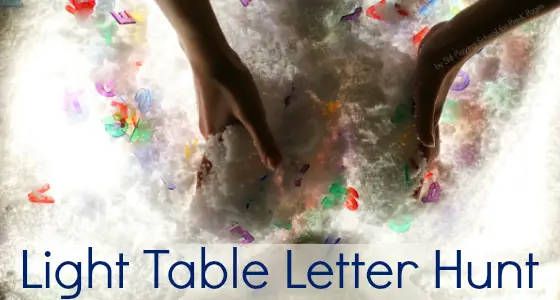
Light tables are lovely to use in preschool. It is perfect for centers and discovery areas. Many learning activities will go well with light tables. One of these is the letter hunt.
Children will improve their letter recognition skills with this activity. Looking for the letters in the bin will provide a unique sensory experience for children.
It will also help improve their fine motor skills as they use their hands to dig in the fake snow and retrieve the buried letters.
Start with ensuring the bin is clean and dry. The bin should be large enough for children to dig into but not too deep they might need help reaching what is inside. Turn on the light table with the bin on it.
Place an ample amount of fake snow in the bin. Add the translucent letters. Hide them under the snow and let children find them. Ask the children the name of the letter.
Extend this activity by asking for its sound and objects that begin with the letter.
For this activity, you will need:
- Powder fake snow
- Translucent alphabet letters
- Transparent plastic bin
- Plastic bin
- Light table
For more information on this activity, go to Pre-KPages.com.
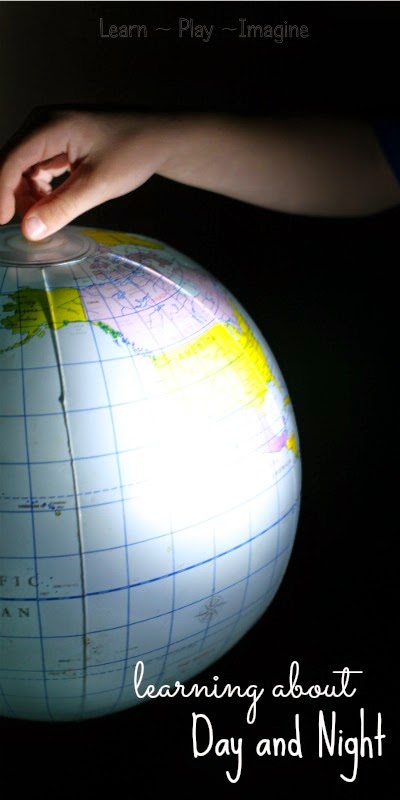
With this activity, the children will understand that the earth’s rotation causes day and night in our world. This is perfect for a unit study on the sun.
Clarify misconceptions and myths with a science lesson. For example, the sun does not sleep, and the moon does not wake up. This activity also helps children with geography and reading skills as they locate countries and cities on the globe.
Start this activity by placing the globe in a room without any lights turned on. Place it on a table high enough for the children to reach and let them turn on the flashlight. Have them find their city or state.
Next, point the flashlight at the city. Inform the child that the flashlight is like the sun and turns the city into daytime. Point out that the opposite side of the globe has no light, which is nighttime for that area.
For this activity, you will need:
- Globe
- Flashlight
For more information on this activity, go to LearnPlayImagine.com.
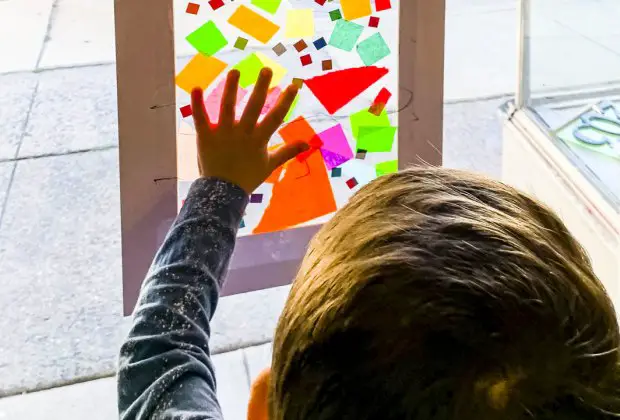
A good way to introduce children to natural sources of light is through suncatcher crafts. With a science lesson, children will understand that sunlight provides enough light to reflect colors.
This craft teaches children to recognize different colors and shapes. As they cut the tissue paper, their fine motor skills will improve. The sticky part of the contact paper will provide a sensory experience for children.
To make the suncatcher, cut different colors of tissue paper in different sizes and shapes. Set these aside.
Take any color of cardstock and cut out the middle part, leaving just the border. This will become the frame for the suncatcher. Next, cut to size the contact paper to fit on the cardstock frame.
Carefully attach the contact paper to the cardstock. Press firmly to prevent them from separating. Next, have the children stick the cut-out tissue paper on the sticky side of the contact paper.
Let them make their designs using different shapes and colors to make their crafts unique.
For this activity, you will need:
- Cardstock
- Contact paper
- Tissue paper
- Scissors
For more information on this activity, go to MommyPoppins.com.
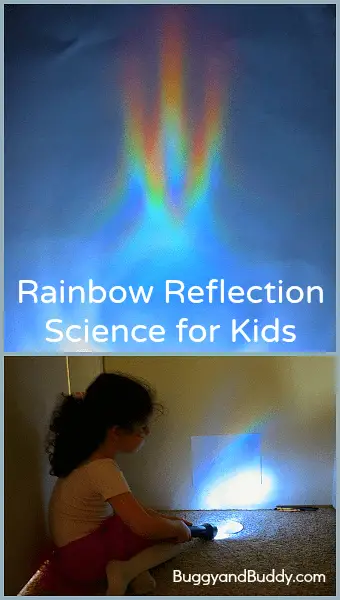
This experiment challenges children to think about the different colors that may appear on a CD. With a science lesson, let children explore the light and colors as they learn to think critically with this activity.
Exploring reflections provide a first-hand experience for children as they discover new ideas and insights. Doing this will help them better understand non-concrete concepts.
Start with letting children observe the CD. Let them touch it and look at it closely. Provide guide questions for this. Ask them the colors they see and if there are any differences in the color as they tilt the CD in a different direction.
Next, find a darkly lit location inside the house. Place the CD on the floor close to the wall. Use sticky tape to stick the white paper on the wall. Turn on the flashlight and aim at the CD. The colors should reflect on the paper.
Adjust the CD if necessary. Move the flashlight to see a different effect. Ask children about the colors and patterns that they see. Children should be able to see rainbow colors reflected on the paper.
For this activity, you will need:
- Flashlight
- CD
- White paper
- Sticky tape
- Scissors
For more information on this activity, go to BuggyAndBuddy.com.
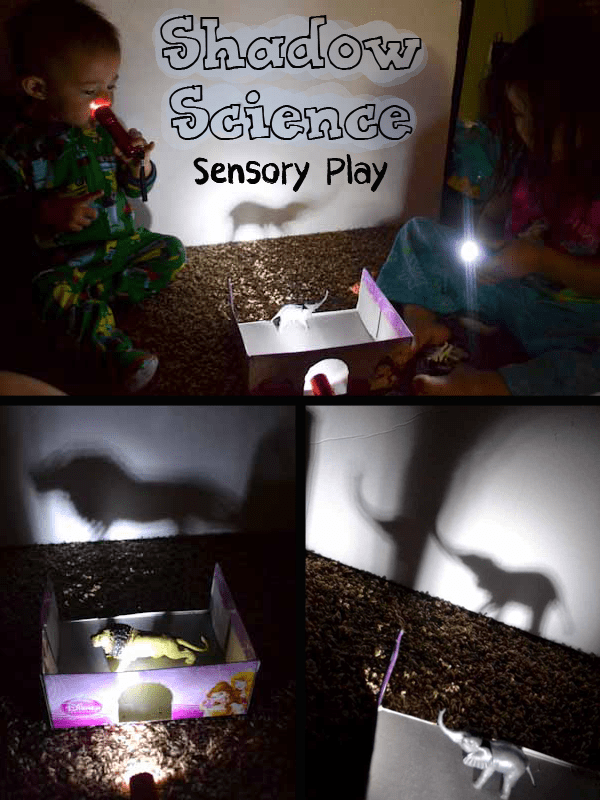
Have children look closely at how shadows are formed through several STEM experiments. This activity will let them understand more about the attributes of light and develop the courage to be in a dark room.
Telling stories while making shadows with toys will help develop imagination and oral language skills in children.
This activity is perfect for lessons on the five senses. Working in a darkened area will help them rely more on their sense of touch. This will provide an excellent sensory experience for children.
Start with placing the toys close to the blank wall. Let children hold their flashlights. Next, turn off the lights in the room. Turn on the flashlights and hit the toys to create shadows on the wall.
Let children explore these shadows as they move the toys away or closer to the flashlight.
The site suggests adding different plastic colors to the flashlights to create different effects. Another option is to have children guess the animal based on the shadows.
For this activity, you will need:
- Small toys
- Flashlight
- Blank wall
- Cardboard box
- Colored plastic
For more information on this activity, go to ALittlePinchOfPerfect.com.

This STEM activity explains why the sky changes its color depending on the time of the day. Children will learn to make a hypothesis and investigate with this activity. It is also a great way to understand color hues.
Explore the different colors of the sky by showing children pictures and videos. This step will allow them to compare how the colors of the sky. Let children note the similarities and differences between the pictures before conducting the experiment.
Ensure that the glass container or jar has smooth sides for this activity. It should also be clean and transparent. Next, fill at least half of the container with water.
Place the container in a dark room with the lights turned off. Have someone hold the flashlight under the bottom of the glass and let the children observe. Next, add a small amount of milk and monitor the color changes.
The site suggests using whole milk for this activity. Keep adding a small amount of milk and let the children observe the colors while the flashlight shines under the container.
Children should be able to see some blue close to the light, which turns orange as the light gets farther from it. It is recommended that the position of the flashlight on the jar be moved to discover different effects on the colors.
For this activity, you will need:
- Glass container
- Bottle
- Milk
- Water
- Flashlight
For more information on this activity, go to SteamPoweredFamily.com.
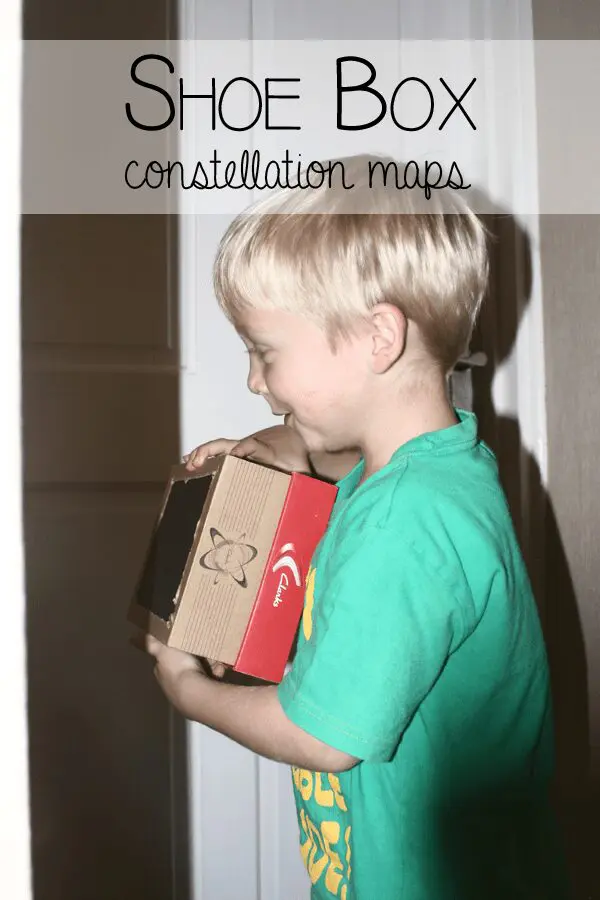
Turn little young ones into budding astronomers with this fantastic star activity that will surely fascinate their minds. This constellation map goes well with “Big Book of Stars and Planets” by Emily Bone.
With a science lesson, explain what constellations are. Use books, pictures, and videos for this part. This activity is perfect for the space unit and provides excellent practice for children to improve their fine motor skills.
Start with a clean shoe box. Cut out a rectangle on the main box. This will become the frame for the constellation. Next, cut out a hole on the cover of the box to fit in the flashlight. Secure this with masking tape.
Set the box aside and work on the constellation. Choose a preferred constellation. Take the black paper and mark the stars by making dots using a pencil. The site suggests starting with simple formations, such as the Big Dipper.
Next, place the paper on a styrofoam tray and let the children poke holes in the dots using a needle.
Tape the paper on the frame inside the box. This will make it easy to change the constellation after viewing. Next, turn off the lights in the room and turn on the flashlight. Children will see the light through the holes and will recognize the constellation.
For this activity, you will need:
- Shoe box
- Flashlight
- Black paper
- Needle
- Styrofoam food tray
- Masking tape
- Scissors
- Pencil
For more information on this activity, go to RainyDayMum.co.uk.
Related: Space Books for Preschoolers

Teach children that artificial sources of lighting that are portable can be made using simple materials. This is wonderful for a unit study on light and for the fall season. Cutting and sticking papers on the jar will help improve the children’s fine motor skills.
Children may also learn colors and light and dark concepts with this craft.
Make this craft by choosing a clean glass jar with no nicks or broken edges. Have children cut the different colorful papers into small strips. Tissue paper and paper streamers may work well.
Apply the craft glue on the outer part of the jar using the paintbrush. Add enough glue to allow the paper to adhere well and work in one area at a time. Ensure the jar is on a craft tray to catch the excess glue.
Stick the colored paper carefully on the jar until fully covered. Allow this to dry before using.
For this activity, you will need:
- Empty glass jars
- Craft glue
- Paintbrush
- Different types of colored paper
- Craft tray
For more information on this activity, go to PickleBums.com.
Conclusion
These activities provide wonderful opportunities for children to explore the different light sources and how it affects their vision. It helps them understand the world better.
These activities are interesting and engaging for children. They provide an in-depth look at the topic through various experiments and crafts.
Thank you for reading. Come back and check out our other activities articles soon.
People Also Ask
Light is a feature in our world that children may associate with brightness and darkness. However, there are many ways to let children learn more about this topic in-depth.
Through different activities, they may grasp that other factors, such as colors and reflections, are connected to light. Help children gain a better understanding and insight through activities that explain this concept further.
Use hands-on activities that allow children to explore and help them understand this idea. Being able to experience firsthand its effect will enable children to understand the value and associate light with different things better.
It is easier to explain light to children by letting them understand its effects. For example, shadows are visible in a room where there is light. There are no shadows in a dark room. Experiencing this will make more sense to young learners.
Other activities you might find helpful:


